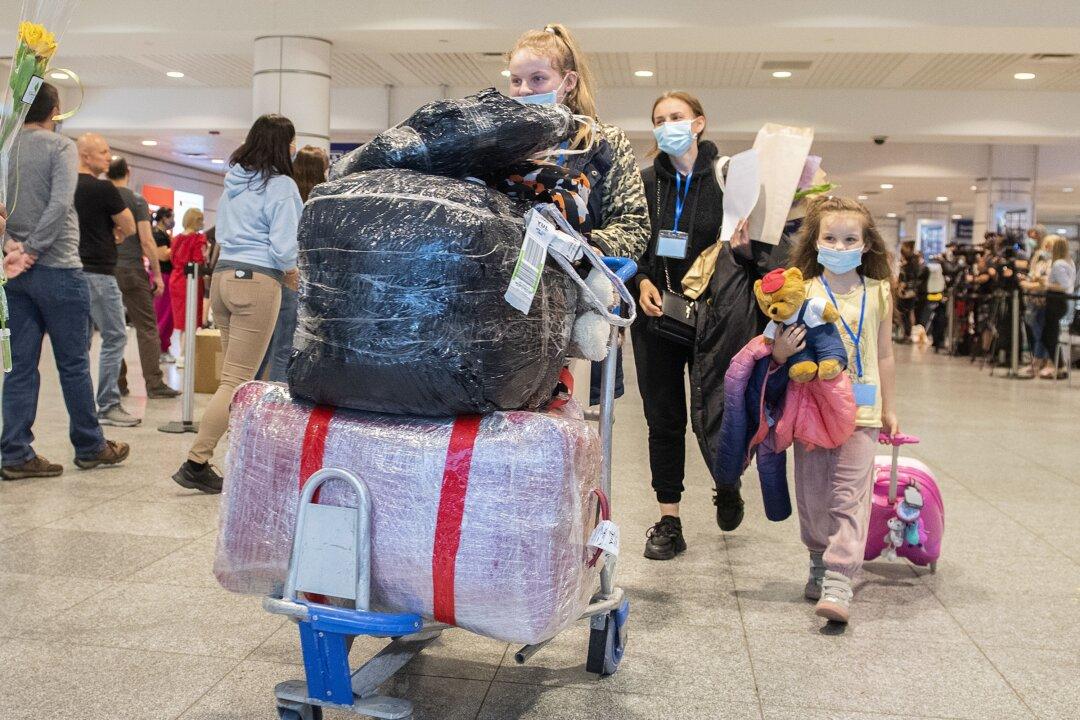Inflationary pressures are causing average living standards in Canada to fall despite an overall increase in wages, says a new Statistics Canada report.
“High inflation especially for food products has put a severe strain on living costs especially among more vulnerable households as income and saving levels adjust to the withdrawal in pandemic-related supports,” said the report, titled “Research to Insights: Consumer price inflation, recent trends and analysis.”





